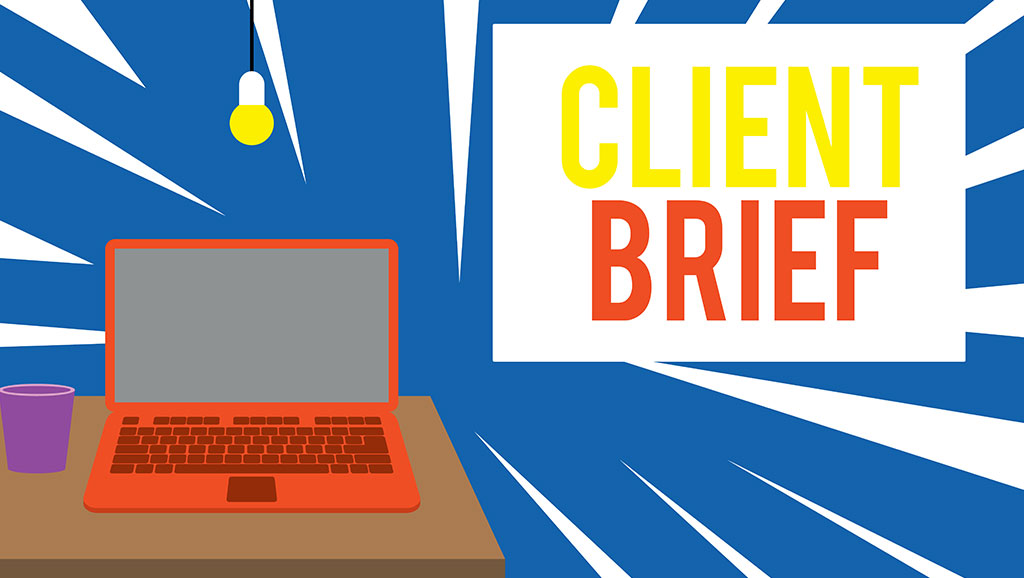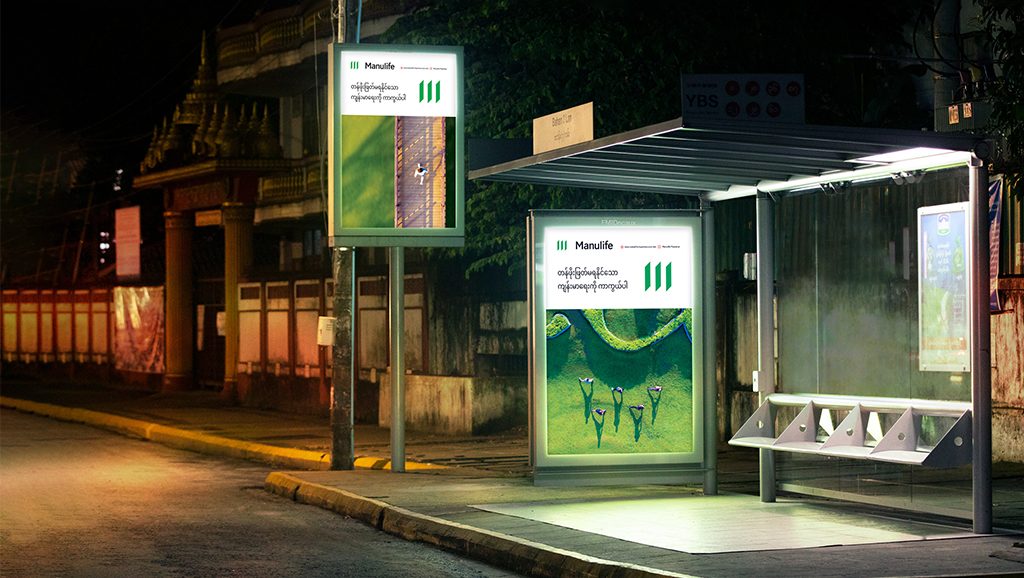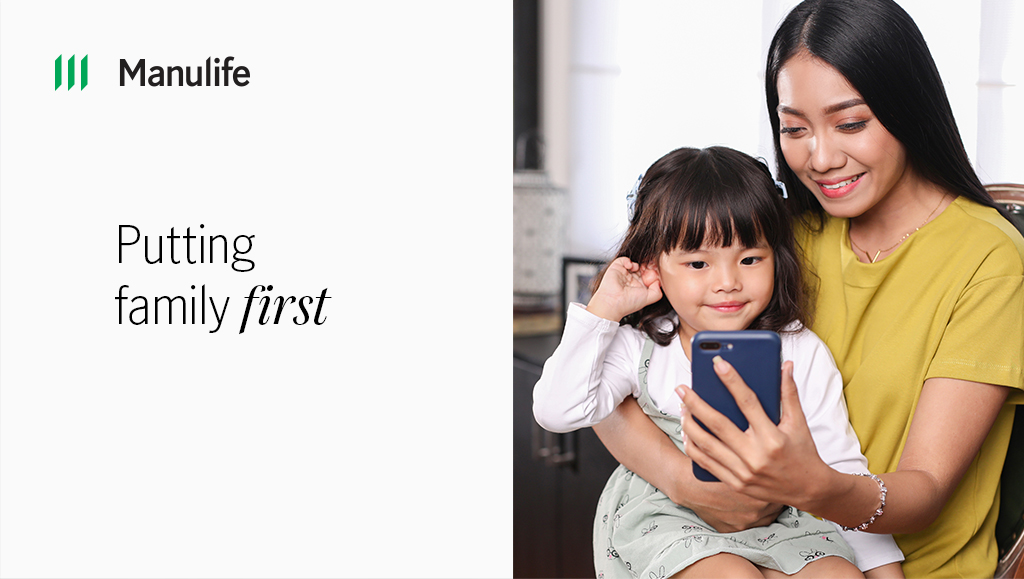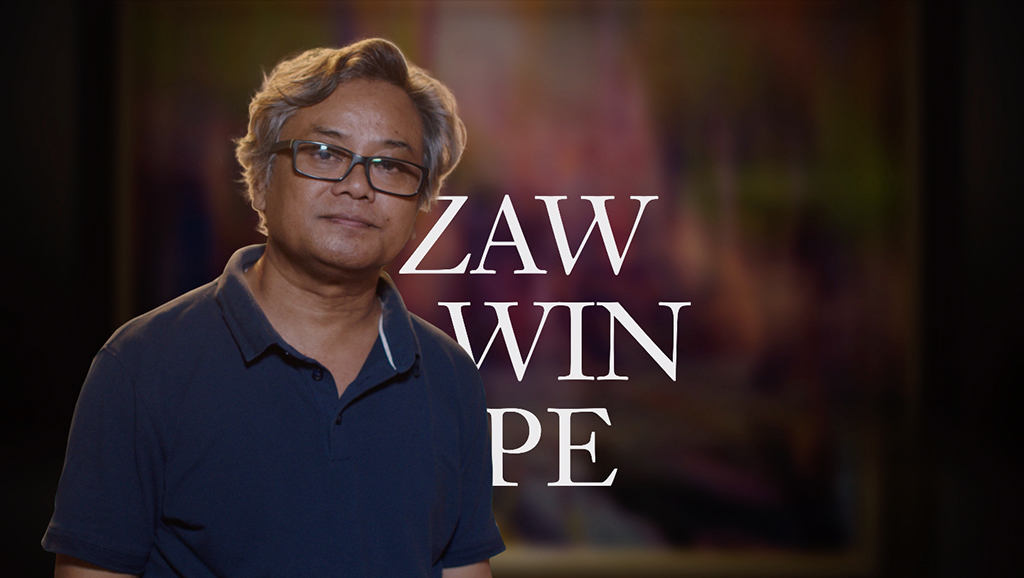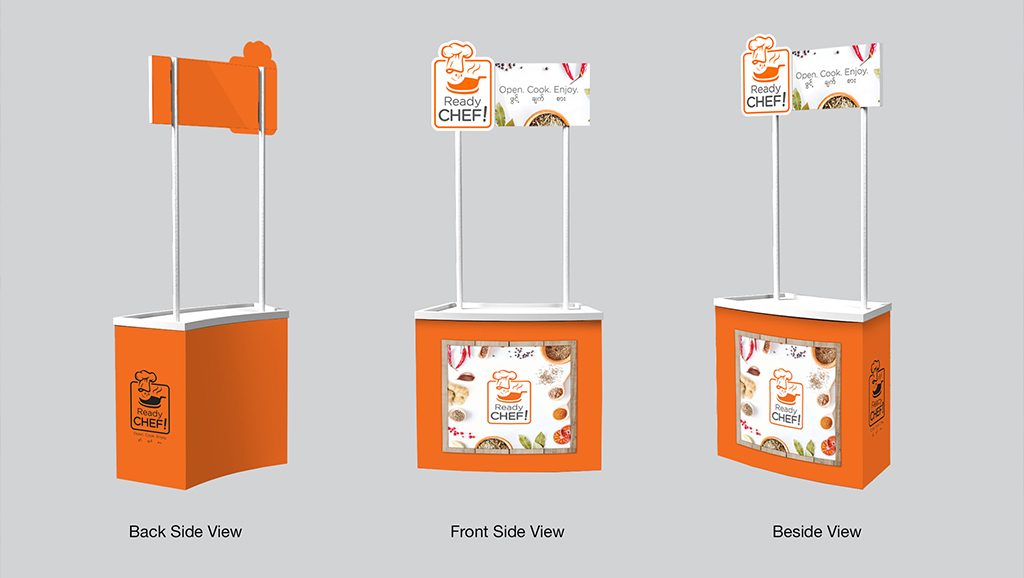

For brands looking to update their image, both online and off, it can be difficult to get the images in your head onto paper for a creative agency to understand and recreate to your specifications.
As a fully-independent creative agency in Southeast Asia, the creatives at MultiVerse Advertising understand how difficult it can be to create a brief. And sadly, one of the biggest issues that negatively affect a relationship between a creative agency and its clients is communication – or the lack thereof.
Depending on how a creative brief is framed, a corporate video designed to show off a brand and raise awareness of a message or product can become a viral sensation or look like a PowerPoint presentation set to music.
What affects the end result often stems from the beginning. Giving a brief is half the job, and understanding it is the other. The dance between client and agency is as old as time, but by providing a bad brief can spell disaster from the start.
At MultiVerse Advertising, we like to approach the process a little differently, focusing more of our time on the brief to ensure both parties understand and agree to the direction from the start. Not only does this help in the long-run, it also enables our creative teams to work at their best. In fact, everything we do at MultiVerse Advertising requires a brief – both internally and externally.
Therefore, we thought it best to clear some confusion, dispel some myths and outline the key elements of a creative brief so that we may communicate clearly every time.
What is a Creative Brief?
A creative brief is simply a document that outlines the requirements and creative direction of a piece of work. It contains the following:
Key Objectives
- What’s the deliverable? Outline what you require, such as a TV commercial, a new website, an integrative social media marketing campaign, a new brand identity or simply a brochure for a new product.
- Why are you doing this? For us, this is one of the most important questions. By clearly outlining your goals and objectives, we can understand you from the get go. Just because your competitor has a video, isn’t a good enough reason. We want to understand the soul, the energy, the emotion of your brand and why this is important.
- What’s your USP? We need to know the message you’re trying to convey. Ask yourself what is the problem you’re solving for the customer or why is it that this piece of work is important for your brand? This is often a place where clients can get stuck, so you can always reach out and discuss it with MultiVerse Advertising as we can help you identify this key piece of information.
- How will you measure its success? Define how you are looking to succeed. Is it likes or are you hoping to boost sales? Looking for a change in perception or simply higher conversions?
The Audience
- Who’s watching? Tell us who the target audience is and how they will interact with the work. Is it on TV or via social media? In-person hand out or global brand repositioning? Paint us a picture of your audience and we can bring your brief to life in a way that relates to them.
- How do they (and how will they) interact with your brand? The consumer’s emotion towards a brand is vital to understanding how best to communicate with them. Advertising is often a one-way interaction, unable to adapt to negative reactions. So by anticipating their emotion before we begin, we can ensure the message relates in a way that works.
- Why should they trust in your brand? Whatever message you may wish to convey, a belief in the self is what makes it feel genuine. Share evidence as to why they should trust in you and we can be sure to entrench that belief further.
Brand Positioning
- Do you have a style guide? If you do, share all your collaterals with us so we have the clearest and most up-to-date information regarding your brand.
- Do you have any must-haves or no-nos? Some brands need a mandatory logo on all frames of a video, others have very strict rules on the words that can and cannot be used. Whatever your requirements are, share with us so we keep within your rules and guidelines.
- What is your brand’s tone? Casual and friendly? Firm and corporate? Wild and foulmouthed?
- What’s your competitor doing? This helps clarify what your competitor is doing to ensure we don’t follow the same direction by accident. Often similar brands cross over in advertising style, but if there is anything your competitor does that is “their thing”, we need to know.
Technical Requirements
- What are your format specifications?
- Do you require more than one language or different versions of the same work?
- Do you have any market or geographic restrictions, such as strict advertising censorship rules in the region you wish to distribute?
Budget
- What is your budget range or top limit? We understand why our clients are sometimes apprehensive of setting a budget. For many agencies a budget of $50,000 means a pitch that miraculously comes to $49,990. At MultiVerse Advertising we don’t work in that way. At this stage, we simply use the budget range to help gauge our idea generation stage and create a pitch that is on-par with your expectations. Even if it’s a wide rage, it helps to save time and frustration when pitching and determining the best direction for you.
Timeline
- When does the work need to be completed?
- How long before the distribution date do you need the work to be approved by?
- Do you have flexibility on a timeline or not?
Although a brief is often more in-depth than the points listed above, we find at MultiVerse Advertising that by providing a detailed list of information, requirements, ideas and desires, we are then best equipped to provide you with the services that meet your standards.

